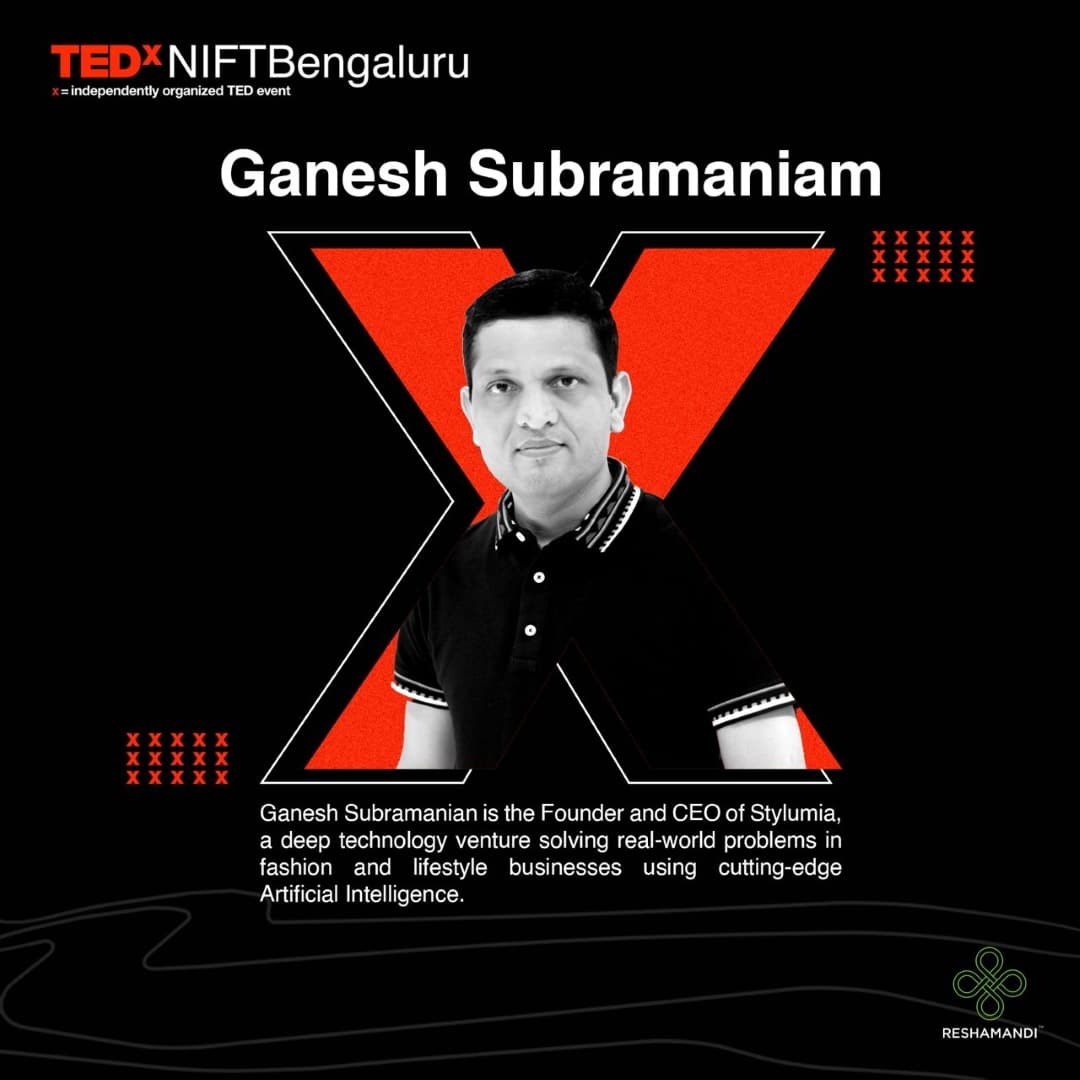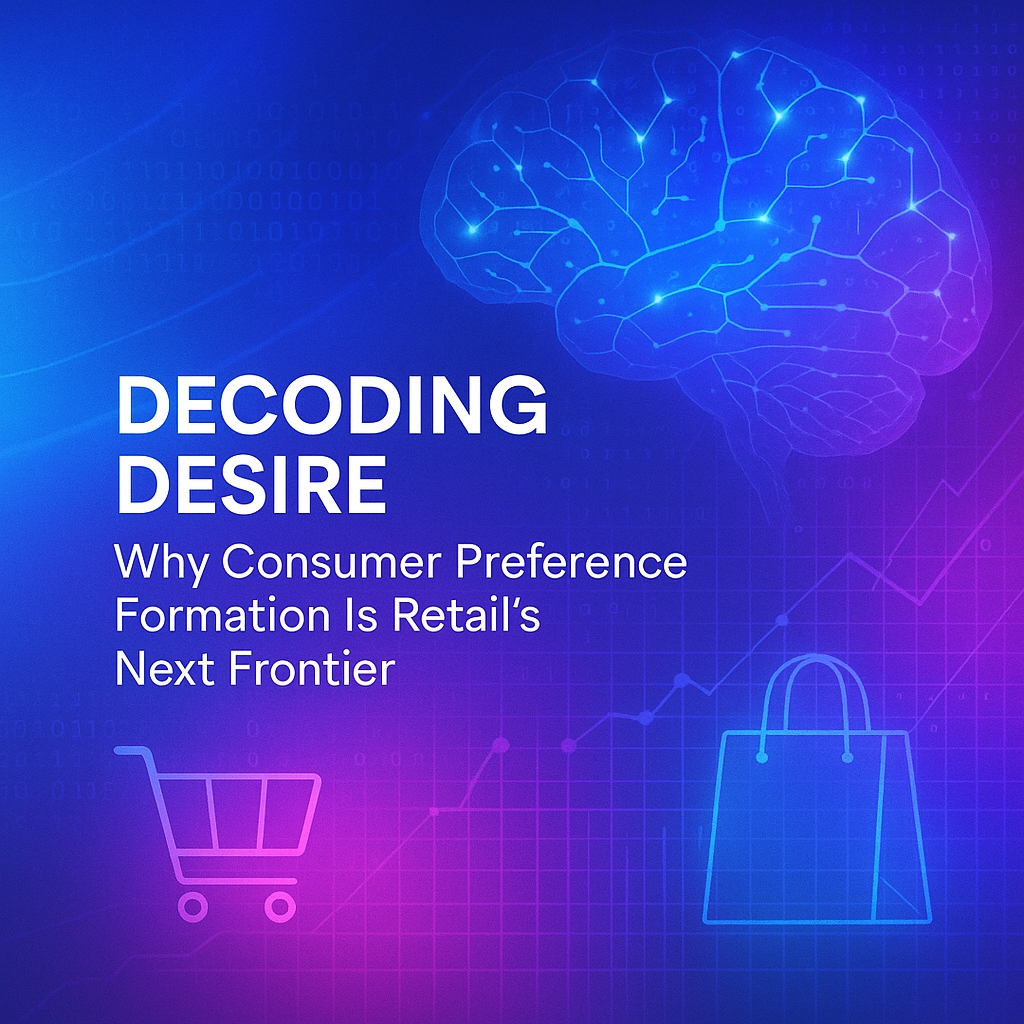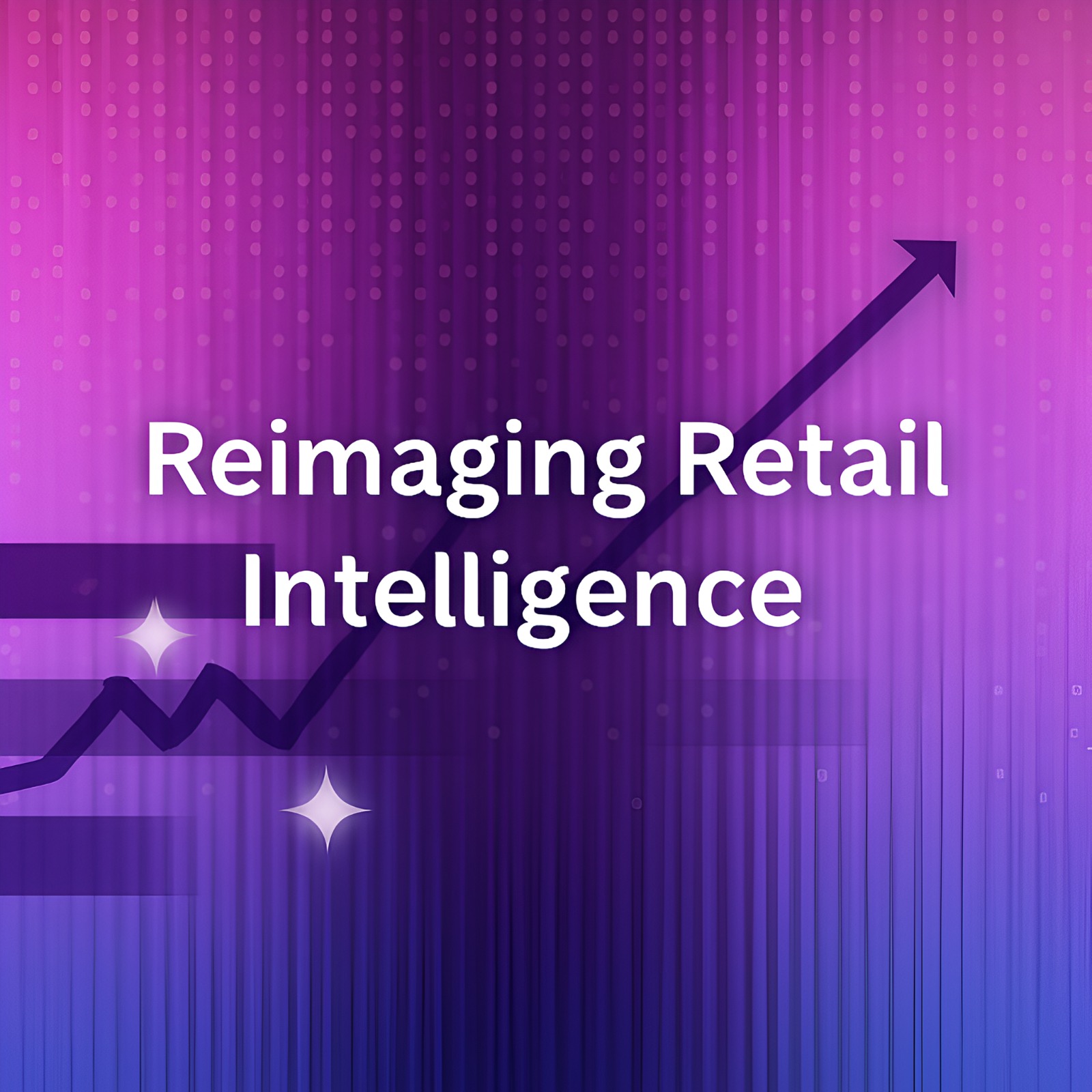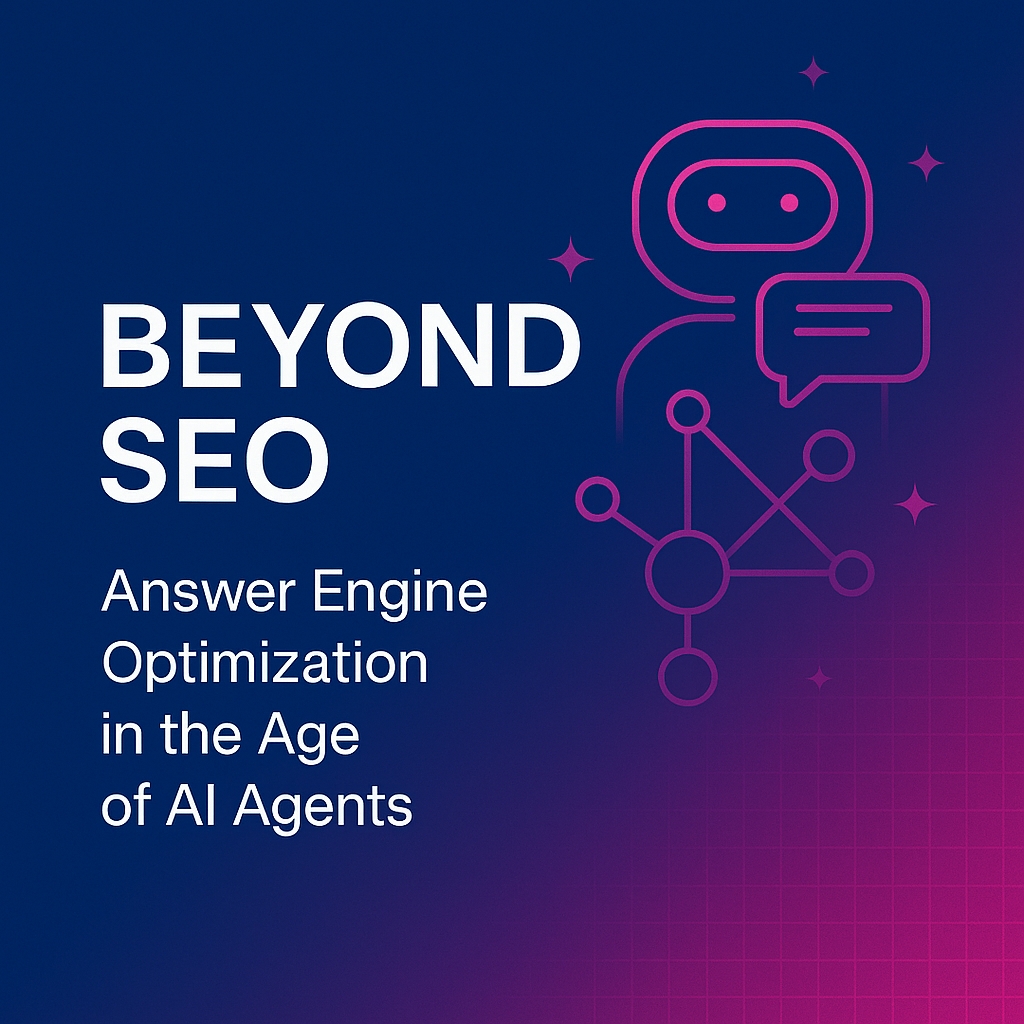[TEDX Talk] Escaping Fashion’s Death Valley | A New Way To Predict New Product Success

We gave a TEDx talk organised by NIFT, Bangalore, India. This talk addresses the quantum of wastage in the fashion industry, what is causing it and solutions.
Here is the TEDx video and the full transcript.
Full Transcript
“Hi Everyone!
With over 20 years of experience in building product ranges for global and Indian fashion brands and retailers, I took on the task of predicting new product success for all those brands. During these years, I took decisions on a weekly, daily basis to predict the new product success. And what I realized, and I’m going to share a very, very surprising statistic with you, every time we did new product prediction, we had sleepless nights and always surprises till the time the product hit the shelves, both digital and physical. And the statistic is the prediction that we did was as good as flipping a coin, it was just 50%. What that means is, one out of two products that we predicted, consumers rejected. And this is such a big gap between supply and demand. And all my inefficiencies led to a lot of fanfare by consumers in mopping up their discounts. Not just that, after all these discounts, all the surplus ended up in landfills, like what you see here and, I’m one of those responsible for these landfills and, this is real.
While I was doing all of this, I remember Robert Benchley’s quote in 1921. He said, “There are only two kinds of people, one who split the world into two and who don’t.” And I’m one who split the world into two. We have a huge climate crisis. I split the world into two of people, those who really believe that there is a crisis and those who believe that there is no such crisis. There is a lot of reformation happening in the fashion industry globally, as we talk. Is reform good enough for the crisis that we have? No. What we don’t need is evolution, what we need is really a revolution in the fashion industry. We need to significantly change the way things are happening right now. Over these 20 years, I’ve been building business which was wasteful.
While I was doing that, at home, my significant other, who’s actually in this audience, she has been waste-less in everything that she has been doing, whether choosing the public transport for going to office or reducing the amount of electricity consumption at home from grid, and almost a zero waste in making food every day. And she has been my inspiration. I was thinking to myself, “Why can’t I use these principles from her and bring it to life in this fashion industry?” The amount of wastage in the fashion industry, sorry, there are over 150 billion garments, which are made in the fashion industry every year, which is almost 20 garments for every human in this planet. Not just that, there are over 50 billion garments of wastage, which goes to landfill every year. Now, 50 billion garments, which is humongous. And why is this happening? Because of a supply-demand gap between the judgment of the experts and what the consumer really needs. And I want to share an interesting story of why this gap occurs.
We did a small experiment. We called randomly 20 college girls. We asked them to pick up a mobile app, which they normally shop. We asked them to choose their five favorite dresses. The intent was to observe how many dresses do they browse to pick their favorite five? As we were observing, the results were shocking. To pick their five’s favorite dresses, they were browsing close to 140 to 150 garments, one pictures. Now, what that means is, there is less than 5% likability of the selection or products the retailers are giving to the consumers, huge amount of gap. Not only that, recently, I asked the head of personalization of a large retailer, technology-driven retailer, and the person was telling me that we kept on optimizing personalization to improve conversion. And at some point, we reached a dead end. And I asked him, “What happened? Why didn’t you optimize beyond the point?” He’s a technology person, he tried everything, and at some point, he realized that you cannot improve conversion beyond the point if you don’t make the right products.
For the industry has been using technology very close to the consumer, huge amount of adoption. But what has been very, very less is adoption of technology in taking product decisions. For we have a significant gap in adopting technology towards the product side of the fashion industry. Sadly, just look at the amount of carbon footprint that we as an industry are living with. We are number two after oil in terms of the overall carbon footprint generated. Not just that, the amount of water which is wasted every year, it’s sufficient for the full water requirement of close to 2 billion human in this planet. If you convert the wastage into deforesting of trees’ equivalent of carbon footprint, that’s over 5 billion trees of deforestation. Not just that, the industry profit is declining. Not only we are fueling crisis of sustainability, we are also fueling economic sustainability, crisis in economic sustainability.
The global profits have been declining over the years, and COVID has only accelerated it. While the recovery is good through 2021, the trend is really, really concerning. And it is just not in one industry segment, it is across segments, whether it is value, standard or premium, except luxury, rest of the industry is in single-digit profitability. For we are sitting at a juncture of a severe economic sustainability crisis and an environmental sustainability crisis.
Before we move into solutions, it’s very, very important to understand that when there is a fundamental transformation which needs to happen, there is always a difficulty. We always have a common sense or a common way of doing things. When we get a new perspective, how do you shift? And we call this the curse of knowledge. And there was a very interesting experiment done by a Stanford student, Elizabeth Newton, in the 1990s.
What she did was she split two groups of people. She asked one group of people that, “Pick some famous melodies. Can you tap?” And she asked the next set of people to decode which melody they were tapping. After the research was over, they asked the tappers, “Can you guess what percentage of people who were a guessed right, of what melody you were tapping?” And the tappers were saying that they will get 50%. The surprising result was only 2.5% of the people got it right, 1 out of 40. And why they couldn’t get it right? Because when we tap, when we know something, it is the curse of that knowledge is curbing us not to understand the other’s mind. Now, when we want to have fundamental transformation, we need to share our knowledge. Why am I saying this? because if you have to make a complete transformation, we need to erase, we need to unlearn. And that’s one of the reasons huge transformation in industry happens from outside.
That’s why Tesla has transformed the automobile industry coming from nowhere, for we are here for disruption. And what are the possibilities? It’s not the gloom and doom, there are solutions. I’m going to take you through a few of those possible solutions today. The first one is, if you make only for an individual, if you make only what is required, will we ever have a wastage? For we are going to look at eliminating wastage in this industry, not reducing wastage. If you make for one, you will completely do that. The problem in this case is scale challenges, long wait times, you’ll have to wait for the tailoring to happen. It could be 3D printing, it could be tailoring, but how this helps is you could do sampling. You could do quick sampling and you could then scale it later.
Now, does this solve, at a global scale, the fashion problem that we have? It doesn’t, let’s look at the next option. The other option is, today youngsters are spending a lot of time in the digital medium. In the digital medium, if you are there spending a lot of your time, to show yourself in the digital medium, do you need to really buy physical products? For you can buy digital products and engage digitally without making a single product. For it’s a lot lesser in terms of the carbon footprint, just 1% of the carbon footprint compared to the rest of the world. And we are multi-billion to trading of NFTs, which has already happened in 2021 and it is increasing. We see gaming and fashion merging, yes. Does this solve the full problem? Not so completely, but we need to have multiple ways of solving this problem. The last solution is forecast right, which means that whatever we are forecasting, how do we get it right?
Now, the current ways of forecasting are subjective, intuitive, and based on what people observe. And we just know that the supply signals have only one and two probability of success. For if you just observe and forecast, you have the same probability of error in all your forecast. In other words, what we are recommending is don’t forecast, unforecast. Non-forecast is basically being dynamic. How can you be dynamic rather than fixed and static way of forecasting? The current ways are very, very ineffective. You can see the amount of waste that we are creating. It is unscalable, it is part decision made, and it’s very, very expensive, expensive, not in labor resources, expensive in terms of the damage it is doing to economics and also sustainability. This is the biggest proverbial elephant in the room.
While the industry today is talking about lots of sustainable materials, absolutely that is required. But can we go to the fundamental? Can we just make what is right? Now, what that means is we have to realize that there is an elephant in this room. Now, to solve this problem, here is an approach which is to completely sense consumer demand, in the sense, put consumer at the center of everything. I’m calling that a B2C to a C2B movement. Unforecast is what we talked about. We need to be dynamic, not static. We need to make it really, really scalable, which means we have to use technology to do this, and we need to make that economical and effective.
For this transformation, the brands and retailers are going to take decisions with you at the center. Now, the question to you is how is it possible? Yes, this is what we have been doing over the last few years. We look at public data at internet scale, and then we use AI algorithms to decode the consumer demand. Coming out with what we call true consumer demands, not forecasted consumer demand, true consumer demand on a dynamic basis, and then make those decision makers the designers, buyers, and merchandisers, and the decision makers in that industry superhuman.
What has been the impact so far? We have been able to reduce 30% of the carbon footprint generated, 30%, significant amount of carbon footprint. Not just that, the impact of this is, in terms of products, is over 120 million products wastage reduced.
If you have to convert this into equal a number of trees planted, that’s about 10 million trees per year and counting. This cannot be solved by one organization, one individual or one brand. This has to be solved at a global scale together as an industry. If we have to put all of this together, and if we create a movement of C2B, consumer at the center, that impact to this industry would be it’s equivalent of planting over 1.5 billion trees every year. Now, the question is, how can each one of you help in this cause? So I’m going to ask each one of you a question now, how many of you have in your wardrobe over 100 products? Can you please raise your hands? Over 100 products, fair amount, I can say around 60, 70% of the audience. How many of you have anywhere between 50 to 100 products? How many of you have between 25 to 50? How many of you have less than 25 products? Very few. I see one or two in the audience.
Now, just for your information, to make a single t-shirt that I’m wearing today, it takes 2,700 litres of water, which is sufficient for a human being for 900 days. Now that’s the amount of resource consumption of a single t-shirt. Now, here is a reckoning. As an individual, I need to transform, for this is what I did very recently. That’s my wardrobe. That’s just I’ve reduced my wardrobe by 75%. And that might look very, very boring for you. Please choose your style, choose your liking. I’m going to ask you other question, a lot of people who raised over 100 products in the wardrobe. When I asked this question to many audience in the past, out of 100 products that you have in your wardrobe, how many of them do you frequently use? Please answer this for yourself. The numbers normally I hear are anywhere around 10 to 20.
Does that sound okay? Around 80% of what we buy, we don’t actually use. This is something for all of us to think about and say, “when we buy, we really buy what we really need” By reducing every single garment, you’re making a huge difference. Now, in the C2B movement, brands are going to take a decision based on what you buy. Now, what you buy is not the real demand. What you buy has lots of errors, you yourself do not use. We are responsible for making this fashion system to keep rolling over. Let’s all become conscious of one, buy consciously, second, if you don’t want something, please recycle it and only buy in the right quantity, and that is how we can make a planet sustainable with the least amount of wastage.
I’m inviting all of you to join this movement, a hashtag movement, which is #LookGoodWithLess. “
It is a collective responsibility of brands and retailers and consumers. The brands and retailers must #BuyLessSellMore through consumer-centric decision-making. They need to really get into demand-centric way to predict new product success.



